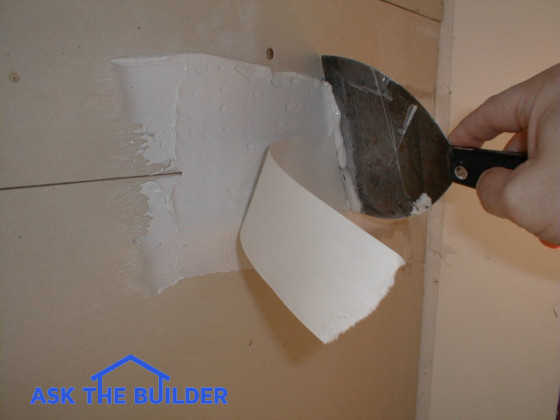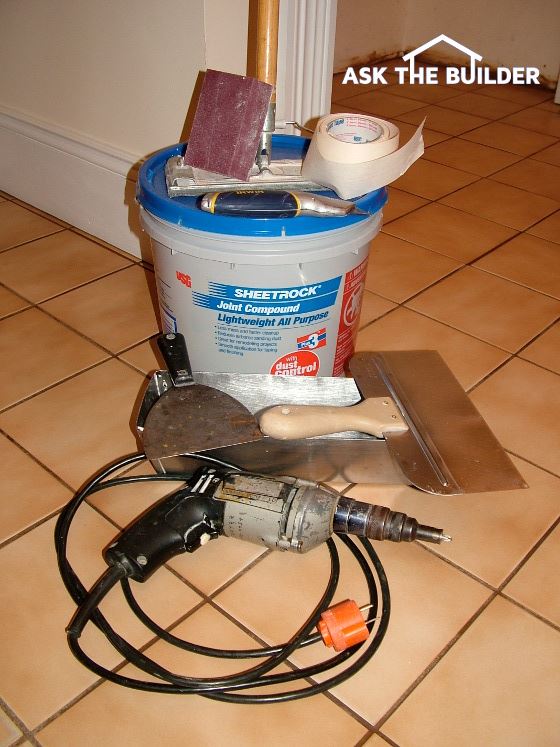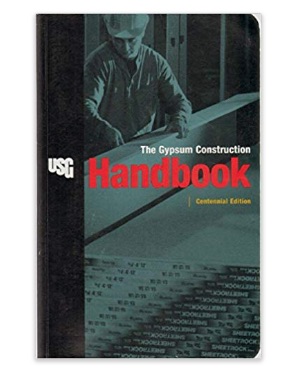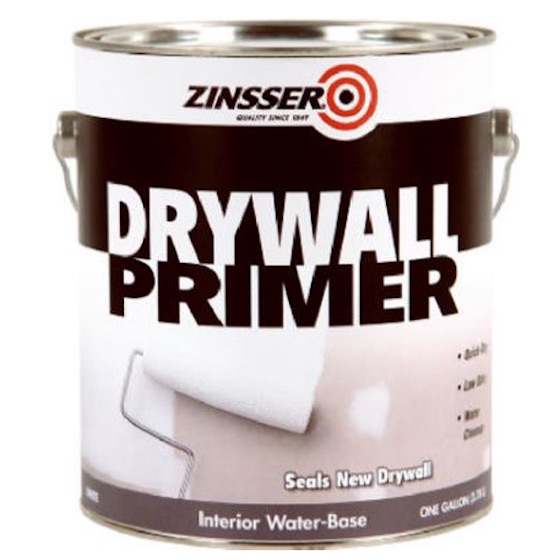How To Drywall

How to drywall like a pro? It's not easy no matter what they say on the cable TV shows. Your mud must be like warm cake icing and leave some under the tape. Copyright 2018 Tim Carter
"The first thing to realize is that working with drywall is hard, dusty work."
How To Drywall Checklist
- Best info is in the USG Gypsum Construction Handbook
- Use screws not nails
- Leave some mud under the tape
- Second coat has a slight center ridge
- Skim entire wall when done
DEAR TIM: I need to learn how to drywall in a hurry. A good friend needs me to show her how to hang drywall and how to finish drywall.
The trouble is I have just seen it done on some home-improvement TV shows. Is it really that hard to install drywall?
What are some of the secret tips you can share so that I will look like a pro in front of my friend? Brad F., Atlanta, GA
Related Links
How To Wallpaper on New Drywall
Drywall Paper Repair Tips - Secret - DO NOT SHARE!
DEAR BRAD: I sure hope you did not tell this woman that you know how to drywall like a pro. It takes years of practice to finish drywall like a pro, and months of practice to learn how to hang drywall.
The bad news is that you may not possess the needed hand-eye coordination required for this labor-intensive job.
Are There Different Drywall Hanging Techniques?
There are many techniques that will get you to the same end result when it comes to hanging and finishing drywall. You could interview ten different drywall professionals and come away with ten different methods.
Some of the advice you would get is excellent, but there is also the possibility you might get some bogus information that is not based on fact.

If you want the best advice as to the technical aspects of working with drywall, I feel the best place to start is a fantastic book called the Gypsum Construction Handbook published by the USG Corporation.

This is the Bible of hanging and finishing drywall. I recommend you buy this and read the section on drywall. CLICK THE IMAGE to have a copy delivered to your home.
This manual contains numerous specifications that tell you the accepted way to fasten drywall to metal or wood studs, the proper way to install accessory pieces of trim like corner bead and the do's and don'ts about finishing drywall.
Is Drywall Hanging & Finishing Hard Work?
The first thing to realize is that working with drywall is hard, dusty work. You'll be shocked at what just two sheets of one-half-inch drywall weigh.
Wait until you have to carry two sheets that are 4-feet wide by 12-feet long up a flight of steps. I'll share with you some of the most important things I've discovered after hanging and finishing drywall for over 35 years.
Should You Eliminate Seams If Possible?
Eliminating seams is the first tip. Some home centers only carry drywall in 8-foot lengths. If you visit a business that just sells drywall, you'll discover that you can get drywall in various thicknesses, various lengths, and sometimes even widths greater than 4 feet! If you can use 12-foot-long sheets to eliminate butt joints, do so whenever possible.
Should Drywall Run Perpendicular to the Studs?
Hang drywall so that the long edge is perpendicular to the run of the studs. In a room that has typical 8-foot ceilings, this means you'll have a seam on the walls all around the room 4 feet off the floor. Do the same for ceiling joists and roof trusses.
Should You Hang Ceilings First or Last?
Always hang ceilings first, and then butt the first pieces of wall drywall up tight to the ceiling.
How Do You Cut Drywall?
When cutting drywall, do not use a circular saw. Use a sharp razor knife and score the paper face.
Apply pressure on the backside of the cut line and the drywall should snap crisply. There will be a slightly ragged edge, so always cut the drywall one-quarter inch less than the actual length you need.
How Do You Prevent Blisters in the Tape?
Rookies will end up with blisters in the taped seams if they remove too much mud from under the tape. The drywall joint compound contains a water-based glue that bonds the tape to the drywall paper.
Can You Apply Too Much Joint Compound?
Yes, you can put so much joint compound on a seam it will look like a Hawaiian lava flow. The tapered seams along the edges of drywall only will accept a total of 1/8-inch of taping compound and finishing compound. Your job is to apply thin layers.
What Type of Joint Compound is Used to Tape Drywall?
When applying the tape on seams, be sure to use the compound that says it is for taping. It will state this clearly on the label. Don't use topping compound for taping.
What is Topping Compound?
Topping compound is made for the second and final coats only. If you want to minimize dust from sanding, look for the newer finishing compounds that are formulated to create less dust. I have used them, and the claims made by the manufacturer are true.
What is Skim Coating?
Skim coating is a final step where the entire surface area of all the drywall is coated with a very thin layer of topping compound. The compound is thinned down so it can be applied with a paint roller and a giant blade removes just about all that was applied. The compound fills tiny imperfections and it gives a gypsum texture to the paper.
Why is Skim Coating a Good Idea?
You may discover it takes less sanding if you skim coat the entire surface of all the sheets of drywall with a very thin coat of finishing compound. This coat can be applied with a paint roller and skimmed off with a large flat blade.
This skim coat also produces a uniform texture by filling in the paper face of the drywall sheets. If you skip this step, you will need to do a superb job of feathering all of the compound and sanding.
What Can I Do If My Finishing is Bad?
If you make a mess of finishing the drywall, you can always try to texture the ceilings and walls. There are an infinite amount of textures you can create using brushes, trowels, brooms, and pole sanders. If you decide to texture, then practice on a scrap piece of drywall until you achieve the desired look.
Should I Apply a Special Primer/Sealer?
When it comes time to paint, you should really use a special primer/sealer paint.

This is a special drywall primer that will make your new drywall look perfect. Don't skip this step. CLICK THE IMAGE to have this paint delivered to your home.
These inexpensive paints will even out both the texture and porosity of the drywall sheets. You will get really professional results by making this decision.
Column 732


4 Responses to How To Drywall